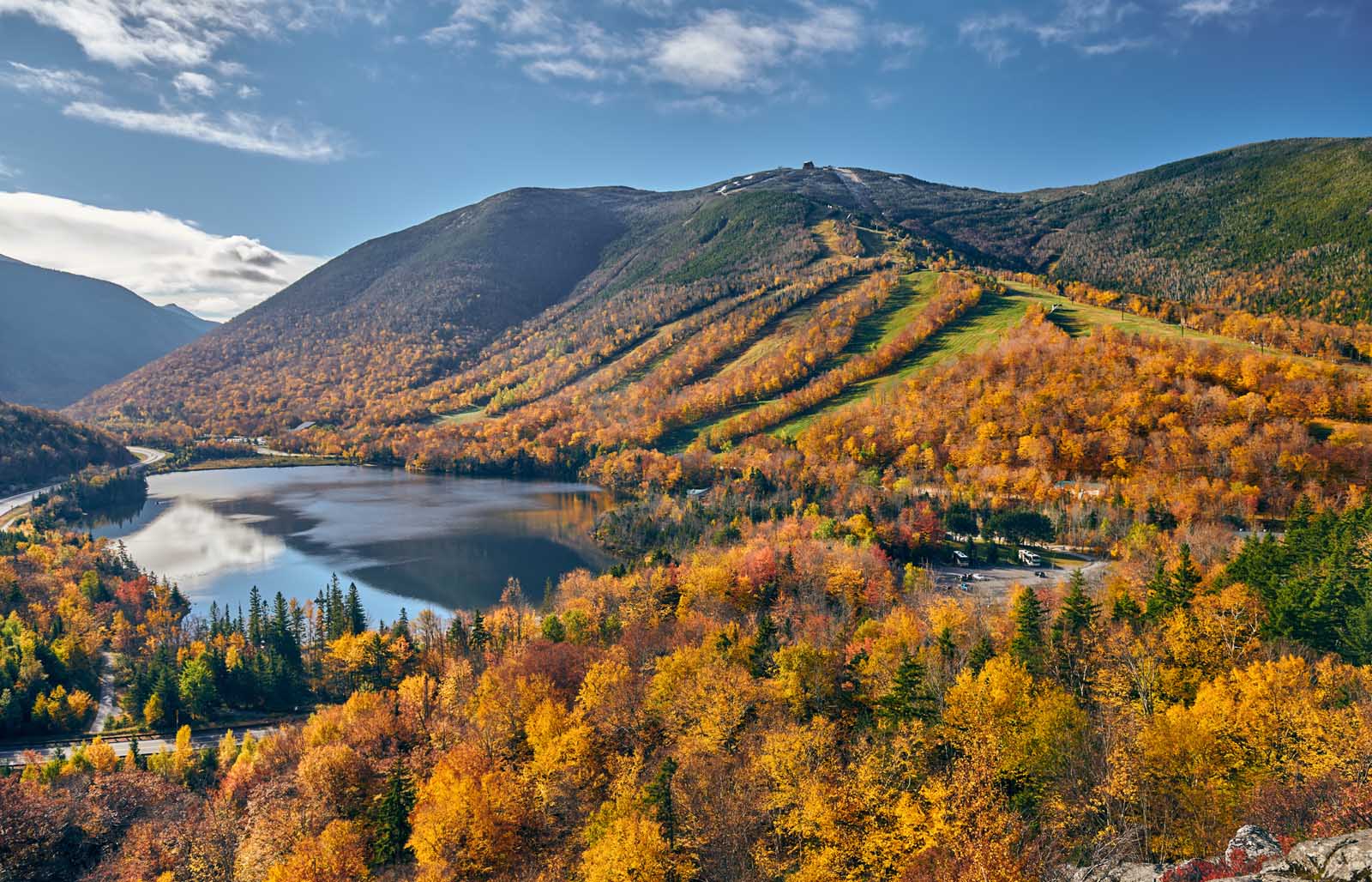Canarian gastronomy to try on your next visit to the Canary Islands
Volcanoes, sun, forests and sea are just some of things that you will taste on your palate when you eat the food of the Canary Islands. Aromas of islands recognized as Biosphere Reserves by UNESCO, of marine reserves for...
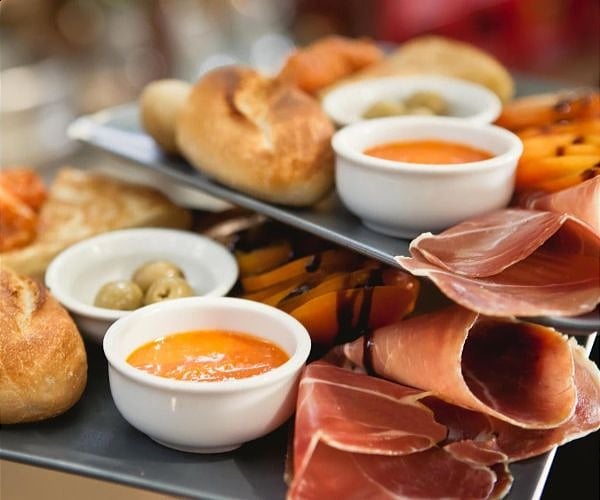
Volcanoes, sun, forests and sea are just some of things that you will taste on your palate when you eat the food of the Canary Islands. Aromas of islands recognized as Biosphere Reserves by UNESCO, of marine reserves for fishing and of the pastures of nearby national parks. The Canarian gastronomy is rooted in the recipes of the archipelago’s traditional cuisine, grown over many months and years and from animals that represent the local wildlife. Live the complete experience of the Canary Islands with these unmissable products of Canarian cuisine.

Canarian coffee
A gourmet product that is specially made in the Agaete Valley, of Arabic origin, coffee has been produced on the island of Gran Canaria ever since the 18th century. It is the only coffee that is grown and produced in Europe. The northernmost coffee in the world.
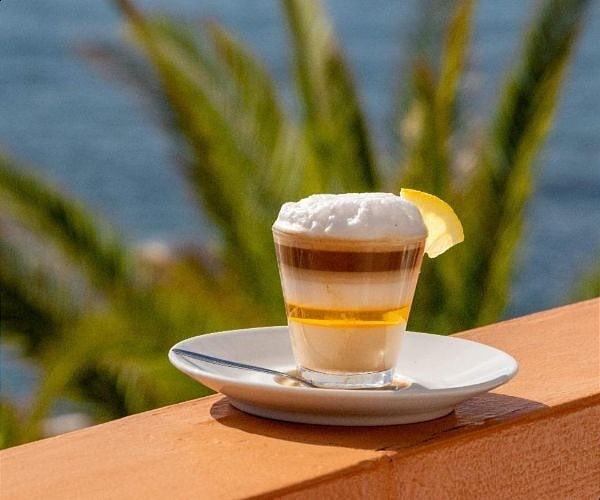
La vieja
The meat of old fish from the Canary Islands, it is often compared to shellfish for its extraordinary flavor, which is why it is one of the gems of Canarian gastronomy. A delicious white fish with a delicate texture and high nutritional and protein values.
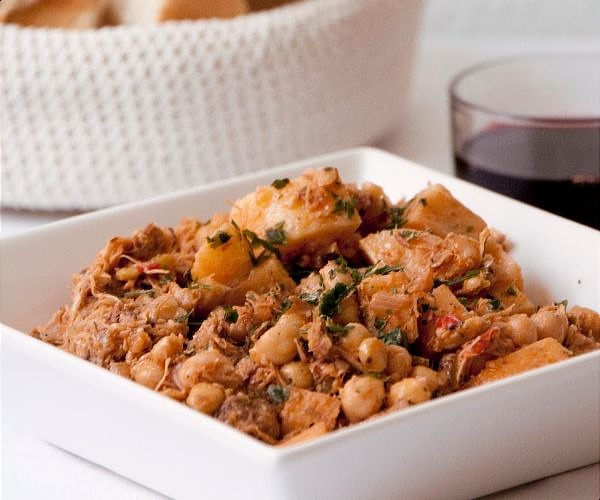
Red tuna
Bluefin tuna from the Canary Islands can measure up to 3 meters. They are fished from each island on the archipelago. The fishermen’s associations of each island catch them fresh every day and bring them from the three main marine reserves on the island of La Graciosa, where there are two, and La Restinga, in El Hierro for the whole population to enjoy. The Canaries are also a transit point for all varieties of tuna all year round.
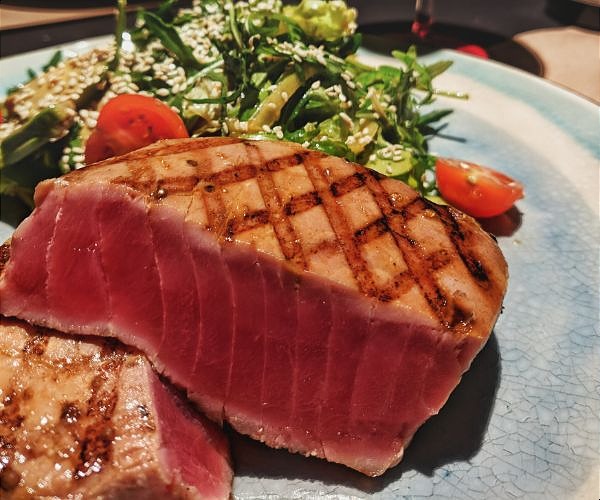
Lapas
Barnacles are found on all the islands, on Lanzarote and La Palma in particular. These mollusks stick to the rocks and after they are picked, they are eaten one by one with a traditional green sauce.
Mojo
Whether it is green mojo, red mojo or picón mojo, this traditional Canarian sauce is used in many famous dishes associated with the Canary Islands. It is a delicacy that enriches all dishes and consists of a mixture of spices that result in intense and spicy flavors.

IMPORTANT NOTICE:
If you are reading this article anywhere other than on A Luxury Travel Blog, then the chances are that this content has been stolen without permission.
Please make a note of the web address above and contact A Luxury Travel Blog to advise them of this issue.
Thank you for your help in combatting content theft.
Almogrote
The flavour and authenticity of almogrote make it an unforgettable experience for foodies the world over. This gastronomic specialty originates from the Island of La Gomera and is made from cured cheese, tomato, garlic and palm pepper. It is a special and unique flavor that embodies Canarian gastronomy.
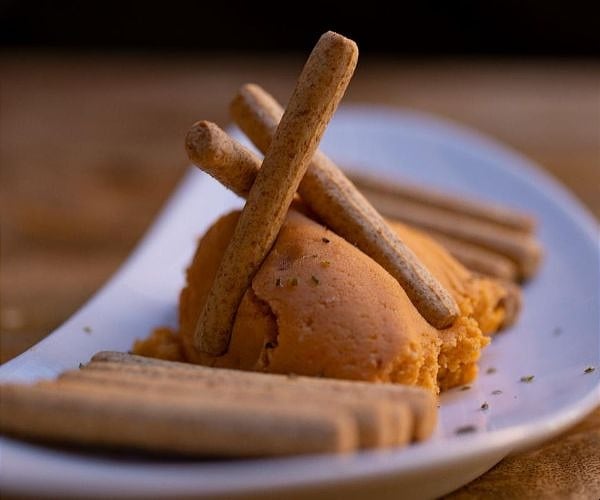
Gofio
The gofio is intrinsic to the history of the Canary Islands for its many nutritional properties. In fact, it is considered a superfood, a variety of cornmeal or millet flour toasted in an artisanal way and ground on stone. Most gofio is made from corn, (gofio de millo) but it can also be made with other cereals such as wheat, rye or with quinoa etc. It is eaten mixed with milk, water, broth and there is even gofio ice cream.
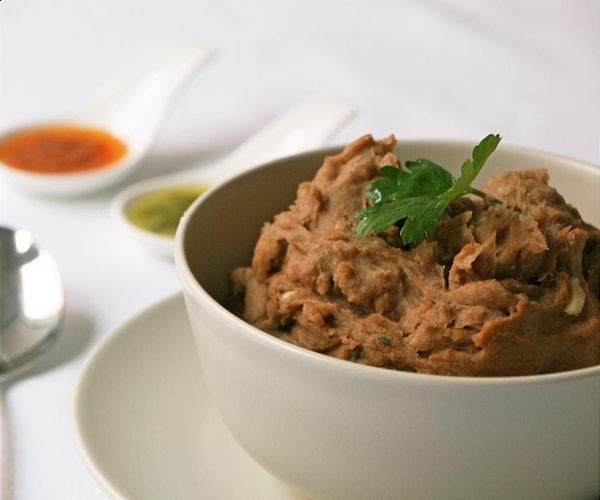
Canarian olive oil
In the Canary Islands there are 11 mills in Tenerife, Gran Canaria, La Palma, Fuerteventura and El Hierro. From these mills comes the extra virgin olive oil that is obtained from olives grown in the fertile soil of the archipelago.
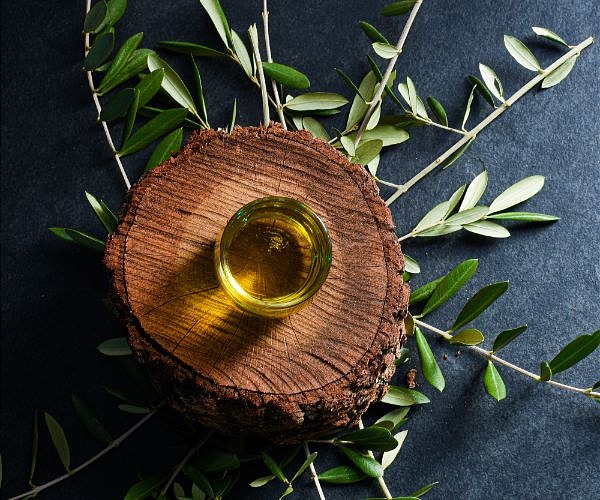
Canarian wines
The vines of the Canary Islands have grown between volcanic craters, the trade winds and tropical paradises since the 15th century. The result is that there are ten D.O.s in the Canary Islands, five of them located in Tenerife (Abona, La Orotava, Tacoronte-Acentejo, Valle de Güímar and Ycoden-Daute-Isora), one in Gran Canaria, La Gomera, El Hierro, La Palma and Lanzarote, all named after their respective islands. Their uniqueness, beyond the geological and climatic conditions, resides in the fact that they are pre-phylloxera varieties, of free standing.
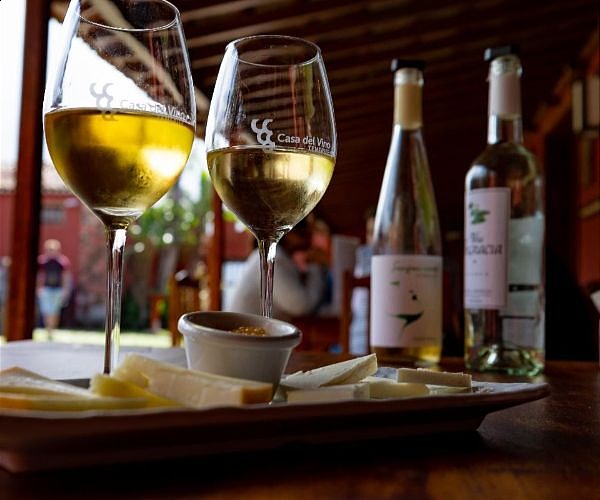
Canarian cheeses
The cheese tradition is a fundamental part of the Canarian culture with other ancient practices such as transhumance (moving livestock from one grazing ground to another). On all the islands you will find artisan cheese factories filled with cheeses of extraordinary flavor. In fact, there are three protected denominations of origin (PDO), with nuanced and unique textures. Those three are: DOP Queso Majorero (below); DOP Palmero Cheese and PDO Guía Flower Cheese.
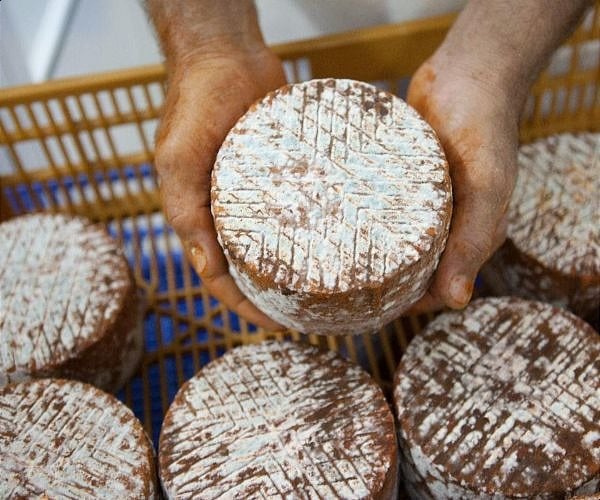
Palm honey
Palm honey, or guarapo, is not actually honey, but it is native to the island of La Gomera. It is a syrup that is obtained from the sap of the palm tree as it is released and is used mainly for the preparation of desserts.
Plátano de Canarias
With a lot of flavors, the Canary Islands banana is the only banana in the world that has the Protected Geographical Indication (IGP) seal. This distinction guarantees the uniqueness and origin of the Canary Islands banana while recognizing it as a unique and quality product.
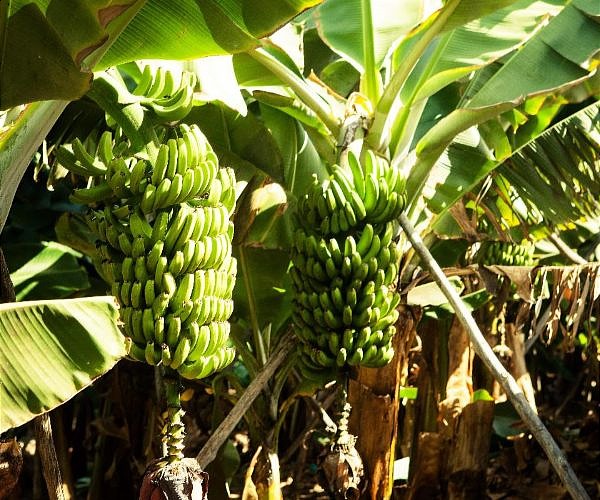

 MikeTyes
MikeTyes 
























